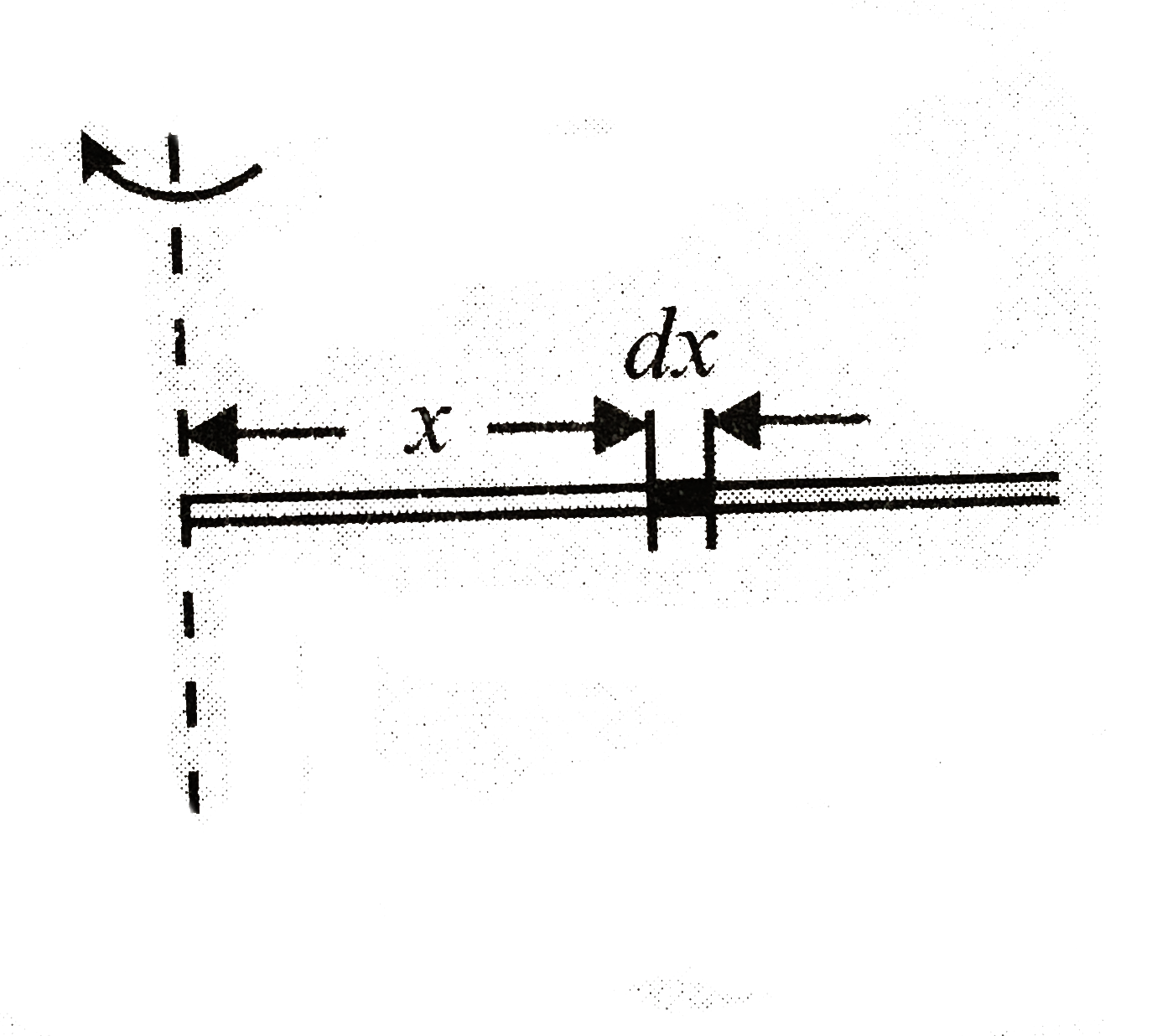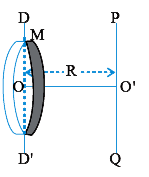The moment of inertia of a cube of mass M and edge length a about an axis passing through one of its edge is
54°
18°
72°
36°
To find the moment of inertia of a cube of mass M and edge length a about an axis passing through one of its edges, we can follow these steps:
Step 1: Understand the Moment of Inertia
The moment of inertia I of a body about an axis is a measure of how difficult it is to change its rotational motion about that axis. For a cube, we need to find this value about an axis that passes through one of its edges.
Step 2: Use the Moment of Inertia about the Center
The moment of inertia of a cube about an axis passing through its center is given by the formula:
Ic=Ma26
where M is the mass of the cube and a is the edge length.
Step 3: Apply the Parallel Axis Theorem
The Parallel Axis Theorem states that:
I=Ic+Md2
where:
- I is the moment of inertia about the new axis,
- Ic is the moment of inertia about the center of mass axis,
- M is the mass of the body,
- d is the distance between the two axes.
Step 4: Determine the Distance d
For a cube, when considering an axis through one of its edges, the distance d from the center of the cube to the edge is:
d=a√2
This is because the center of the cube is at a distance of a2 from the edge along both the x and y axes.
Step 5: Substitute Values into the Parallel Axis Theorem
Now we substitute Ic and d into the equation:
I=Ic+Md2
Substituting the known values:
I=Ma26+M(a√2)2
Calculating d2:
d2=(a√2)2=a22
Thus, substituting this back into the equation gives:
I=Ma26+M⋅a22
Step 6: Combine the Terms
Now, we need to combine the two terms:
I=Ma26+3Ma26=4Ma26=2Ma23
Final Answer
The moment of inertia of the cube about an axis passing through one of its edges is:
I=2Ma23
---
The moment of inertia I of a body about an axis is a measure of how difficult it is to change its rotational motion about that axis. For a cube, we need to find this value about an axis that passes through one of its edges.
The moment of inertia of a cube about an axis passing through its center is given by the formula:
Ic=Ma26
where M is the mass of the cube and a is the edge length.
The Parallel Axis Theorem states that:
I=Ic+Md2
where:
- I is the moment of inertia about the new axis,
- Ic is the moment of inertia about the center of mass axis,
- M is the mass of the body,
- d is the distance between the two axes.
For a cube, when considering an axis through one of its edges, the distance d from the center of the cube to the edge is:
d=a√2
This is because the center of the cube is at a distance of a2 from the edge along both the x and y axes.
Now we substitute Ic and d into the equation:
I=Ic+Md2
Substituting the known values:
I=Ma26+M(a√2)2
Calculating d2:
d2=(a√2)2=a22
Thus, substituting this back into the equation gives:
I=Ma26+M⋅a22
Now, we need to combine the two terms:
I=Ma26+3Ma26=4Ma26=2Ma23
The moment of inertia of the cube about an axis passing through one of its edges is:
I=2Ma23
Topper's Solved these Questions
Similar Questions
The moment of inertia of a thin uniform rod of mass M and length L about an axis passing through its mid-point and perpendicular to its length isI0. Its moment of inertia about an axis passing through one of its ends perpendicular to its length is.
View SolutionFind the moment of inertia of a cylinder of mass M, radius R and length L about an axis passing through its centre and perpendicular to its symmetry axis. Do this by integrating an elemental disc along the length of the cylinder.
View SolutionCalculate the moment of inertia of a uniform rod of mass M and length l about an axis passing through an end and perpendicular to the rod. The rod can be divided into a number of mass elements along the length of the rod.

View SolutionThe moment of inertia of a hollow cubical box of mass M and side a about an axis passing through the centres of two opposite faces is equal to.
View SolutionThe moment of inertia of a cube of mass m and side a about one of its edges is equal to
View SolutionCalculate the moment of inertia of a rod of mass M, and length l about an axis perpendicular to it passing through one of its ends.
View Solutionfind the radius of gyration of a rod of mass m and length 2l about an axis passing through one of its ends and perpendicular to its length.
View SolutionCalculate the moment of inertia of a.unifprm disc of mass 0.4 kg and radius 0.1m about an axis passing through its edge and perpendicular to the plane of die disc ?
View SolutionMoment of inertia of a thin rod of mass m and length l about an axis passing through a point l/4 from one end and perpendicular to the rod is
View SolutionThe moment of inertia of a ring of mass M and radius R about PQ axis will be

View Solution
